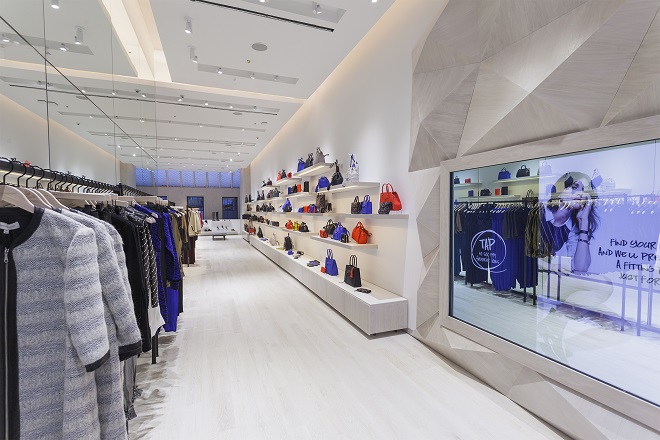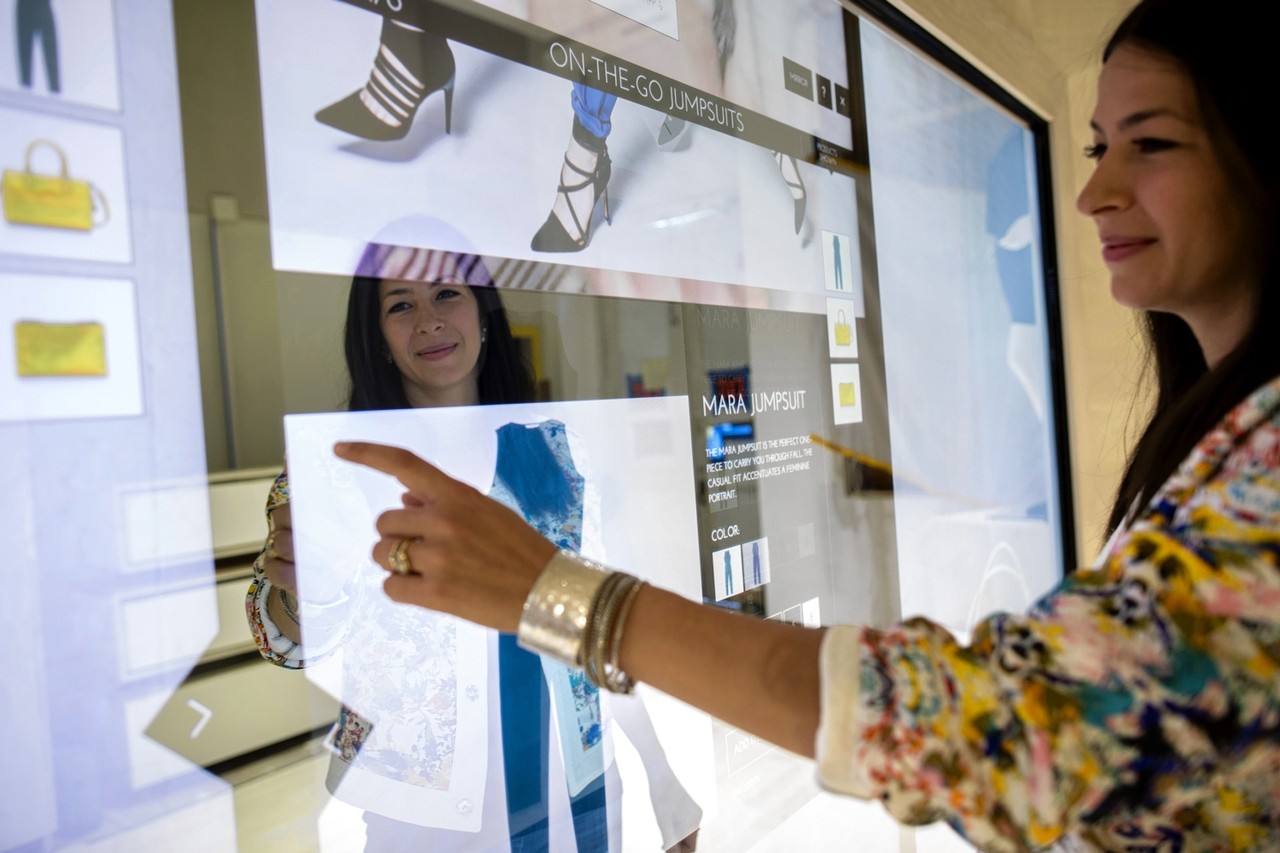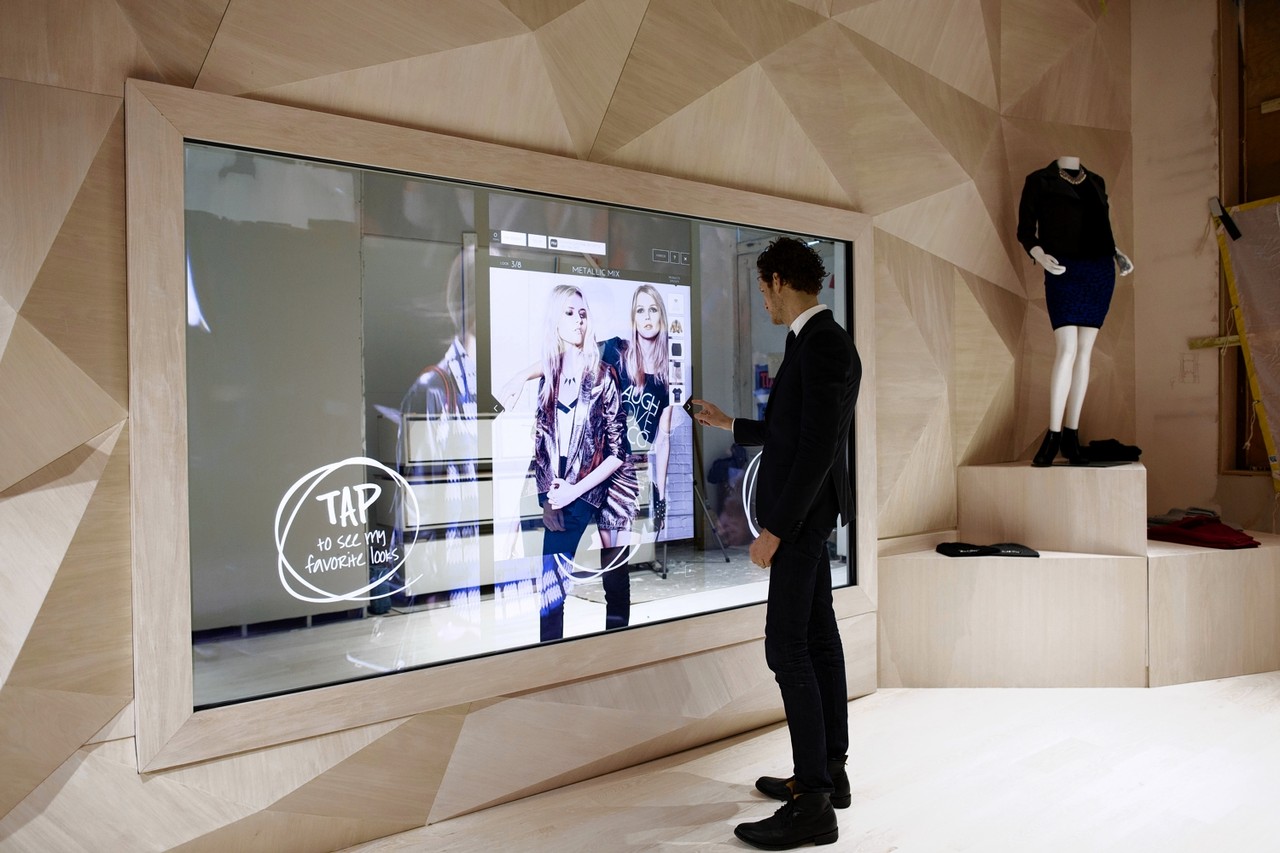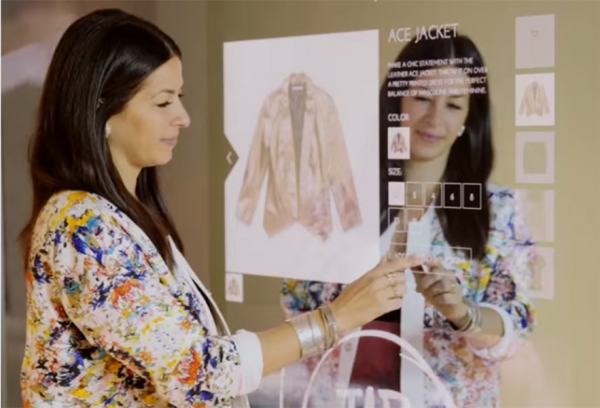Holiday shopping — a UX fail
Shopping this holiday season has once again brought to light, shopper frustrations as they weave in and out of the hustle and bustle. Shopping for most women is an enjoyable experience — for some women and most men, it’s quite the opposite.
The most common woes:
“It’s not available in my size.”
“What can I wear with it?”
“I hate waiting in line for the change room.”
“I hate waiting in line for the cashier.”
“The return policy isn’t accommodating.”
“They don’t have what I want in stock.”
“I don’t like being pressured by the sales people.”
“I can never find what I’m looking for.”
“I just want to get in there, get what I want, and get out as fast as I can.”
“Am I paying too much for this? When will it go on sale?”
The crowds, especially leading up to the holidays, can bring out the Grinch in of us. Many of us just don’t have the time to brave the traffic, the parking frustration, and the crowds, hence the popularity with shopping online the past few years. But there will always be a need and desire to hold, touch, feel, and try things on. With online shopping, there’s a chance we won’t like it, or it doesn’t fit, or we’re not satisfied with the quality. Ultimately, it’s a pain to have to return things even if the return is prepaid.
The Digital Dressing Room 6 Years Later – Rebecca Minkoff leads the way
CSI: Miami’s episode 5 (from season 7, entitled “Bombshell”, first aired October 20, 2008) is the first time we see a glimpse of the possibilities of an enhanced shopper experience. The digital dressing room in a fashion boutique allows shoppers to try the clothing on in front of a digital mirror, select combinations of outfits, change the scenery, the lighting, and even have the wind blowing through their hair to mimic the environment they would wear the specific clothing in.
Fast-forward to 2014. Rebecca Minkoff and her brother Uri, have launched their flagship store in Soho, NY with a digital dressing room. Shoppers walk in and can choose to surf from a large LCD display while sipping on their favourite drink, or shop the traditional way by walking the store. The clothing chosen are taken from the rack by a sales associate into a dressing room. Using NFC tags attached to each piece of clothing, the dressing room scans the details of the pieces you will try on — down to the size and colour.
Shoppers can choose what lighting to see themselves in the mirror under, whether in a night-time party environment or outside in the daylight for example. They can also request a different size to be sent to their dressing room, or even request another piece of clothing that has been recommended to pair with that item — all by interacting with the touch-screen mirror desplay.
The Shopping Experience Fail
However high-tech and cool this may seem, the struggle to bring online shoppers into the store hasn’t been addressed. The in-store experience, especially for apparel, footwear, and even personal accessories is still the most personal experience for shoppers, and bringing them out from behind their computer into the store where brands can potentially create an up-sell, and reinforce brand loyalty, is their ultimate goal.
No matter how great the in-store dressing room experience may be, there is still a disconnect. The only way to bridge that disconnect is to listen to a brand’s customers and consumers. They may already know which pieces they like and which pieces they might want to try on. They are in the store not to ‘shop’, but to feel, to touch, to bring them over the edge from “that LOOKS nice”, to “that might LOOK and FEEL good on me”. It’s that tipping point where Rebecca Minkoff’s strategy falls short.
Bridging the Gap
Studies have shown that most shoppers go online to research before they buy — whether they purchase online or in-store, they already know what they want. The online experience is on-demand on-their-own-time. Moving that mentality into the store is what will create a seamless, efficient, and frustration-free shopping experience.
Book my room
Shoppers should be able to choose pieces they want to try on and book a dressing room in advance. Not only is this a win for the consumer, but a great way for the brand to prepare for a potential purchase by ensuring sizes are available and that there is enough staff to accommodate their clients’ needs.Make it personal
Help shoppers put together an outfit for an event coming up, or for everyday at the office. Brands can suggest pieces from their line and cater it to individual personal preferences — even to go as far as ensuring the recommendations match their personality and fashion style. Customisation and personalisation is the path to creating a stronger connection between Brand and Consumer.Cross-brand the experience
A marketing strategy that combines two offerings from separate brands allow the sale of complementary products or services. This is another facet of personalising the consumer experience.One-click
If a shopper can book their dressing room in advance to skirt the line-up, payment should be just as easy. Many stores, such as Tory Burch, are already doing this. There is no cashier and no till. Payment is made via a tablet sales associates carry with them and bring to their clients. Purchases are also bagged up out of sight and brought to the client while they relax on a couch.Free delivery
Many of the big brands offer free shipping. Some select stores in NY offer the same (Vince Camuto in Soho, for example) to their walk-in customers. What a great way to personalize an experience, enable a worry-free and efficient post-shopping experience, and a great way for tourist shoppers to enjoy the rest of the city without the cumbersome load from shopping.Free returns
…and free exchanges — hassle free with no worry of stock availability. We live in a society of instant gratification. This is another great way to increase brand loyalty — gratify the need as quickly as possible. We see that already with Amazon’s 2 hour delivery beta program launched in New York recently.
There is much more brands and retailers can do to bridge the gap between the omnichannel experience and the in-store experience. It’s not the technology that’s hindering the innovation — but the lack of understanding the shopper beyond the confines of a brick-and-mortar.
Images courtesy of rebeccaminkoff.com and various 3rd party sources.





tlover tonet
March 16, 2025
Some really interesting details you have written.Aided me a lot, just what I was looking for : D.
Your comment is awaiting moderation.